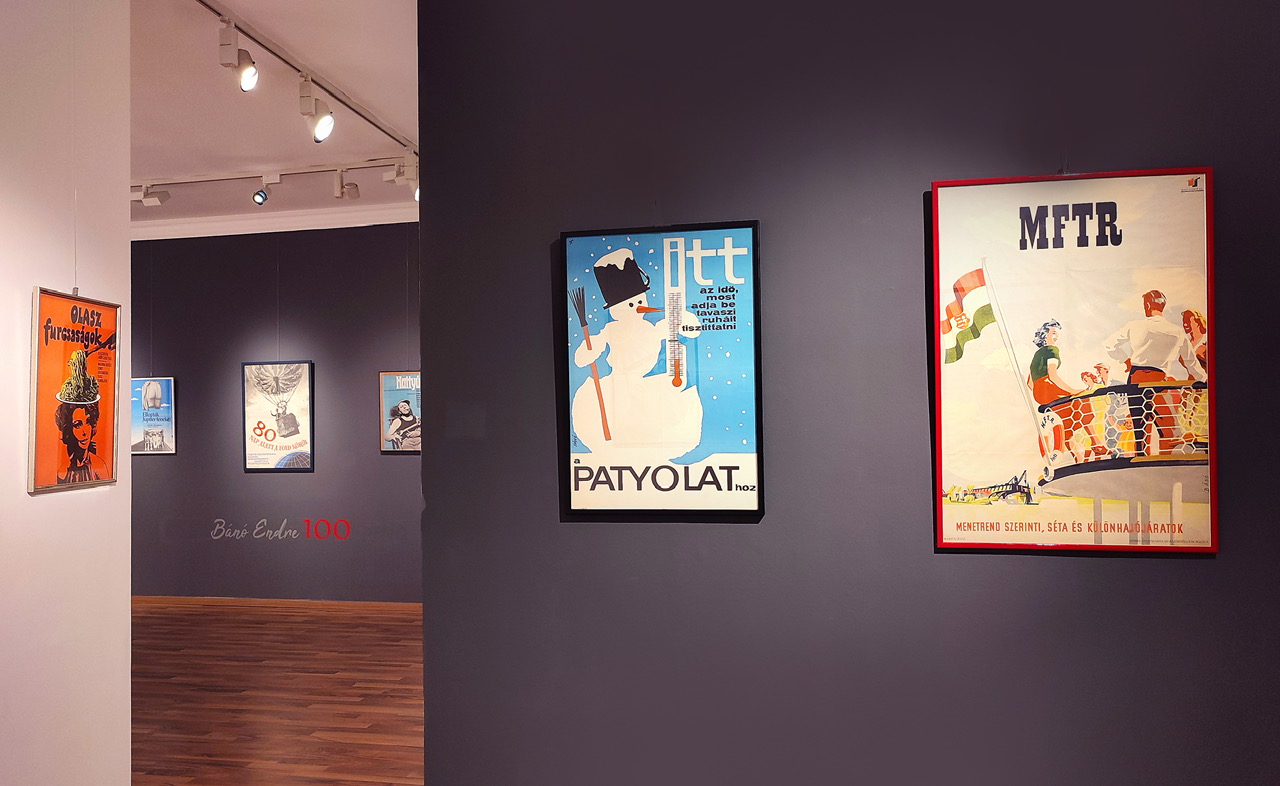Doubtless appealing to Hungarians who were young in
the 1960s and 1970s when the posters on display promoted the most attractive products
and events of the day, Endre Bánó 100 also offers the curious visitor
an insight into marketing under Socialism.
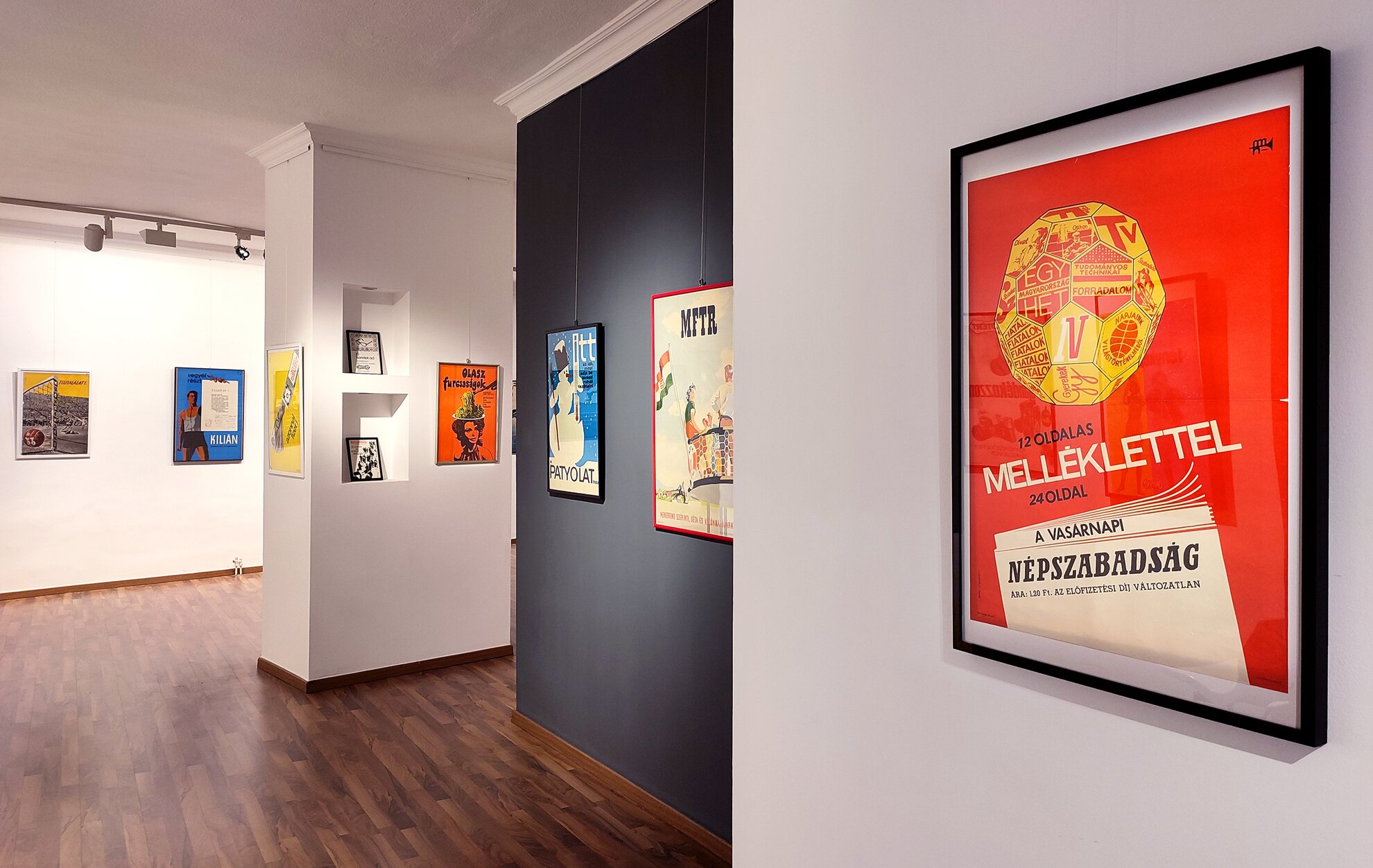
The history of applied graphics, advertising and poster art reflects the society that produced them. As you stand in the middle of the room, they also exude a magnetic, naïve charm, surrounding you in the warm embrace of nostalgia.
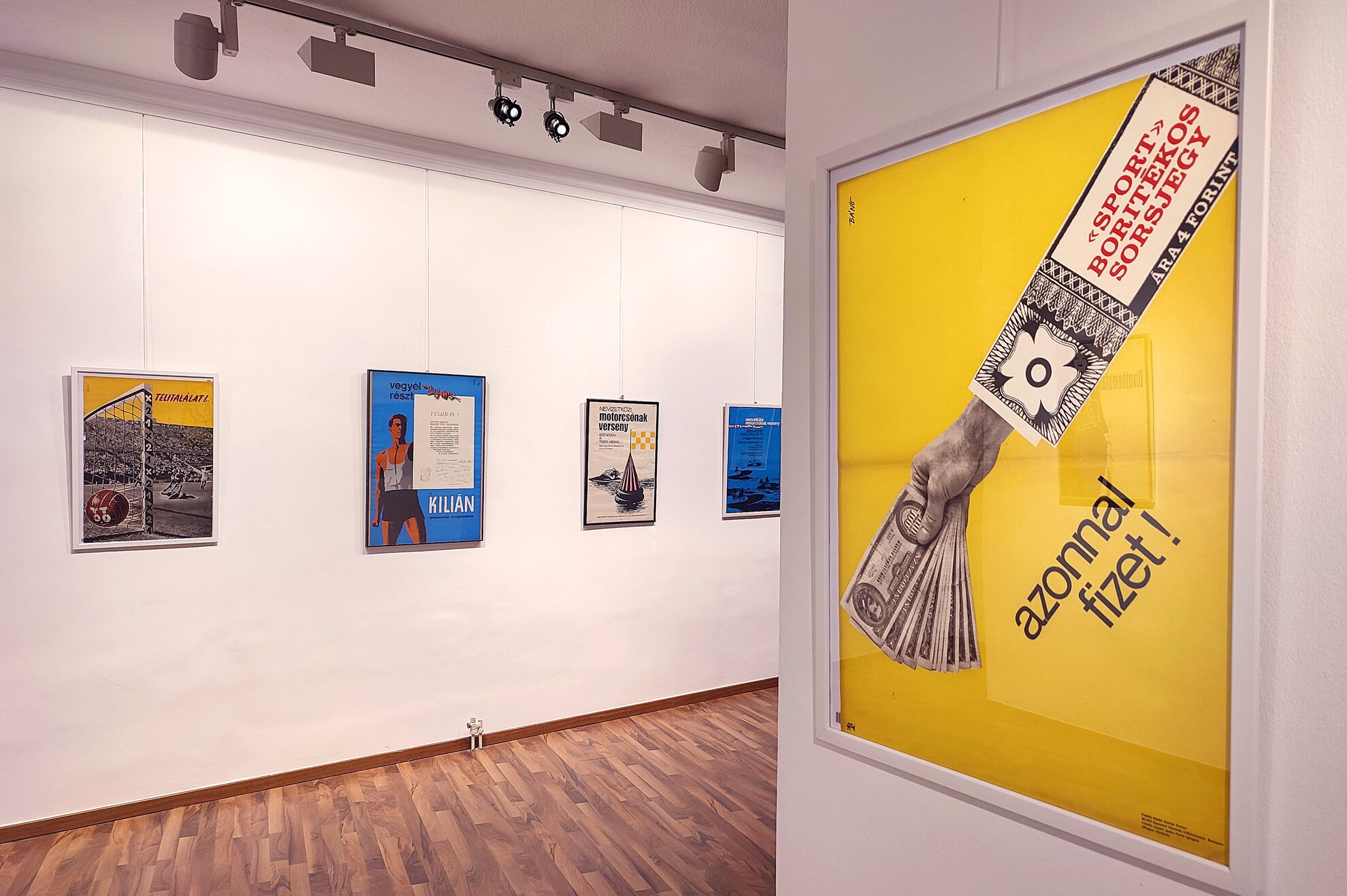
Endre Bánó was a student of the ATELIER School of Art Design & Workshop, one of the most important centres of Hungarian Modernism, even as late as the early 1940s.
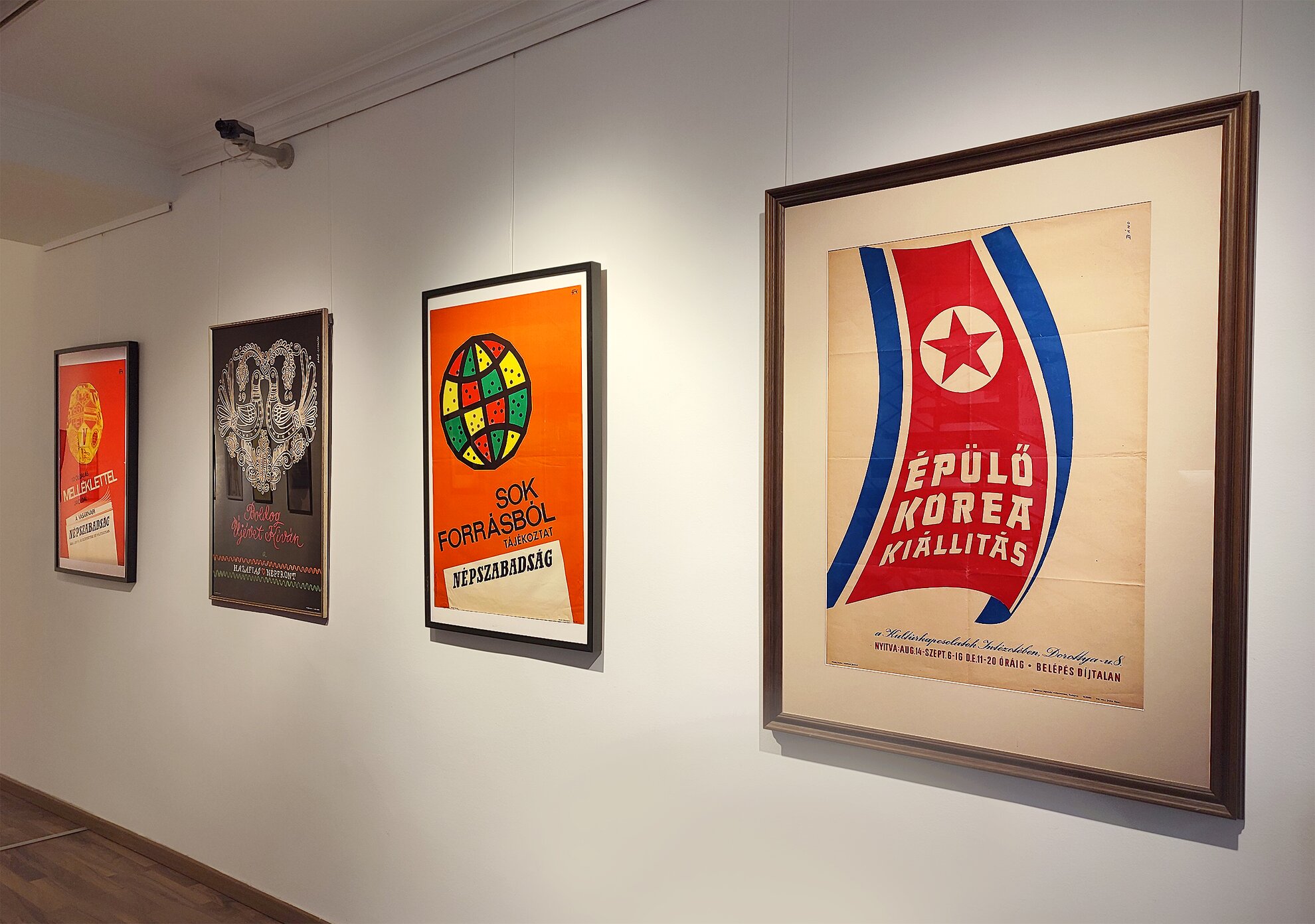
Enrolling in 1940, Bánó was instructed by masters such as Sándor Kolozsvári, Gusztáv Végh and Dezső Orbán. He turned to graphic design, where he became a professional creator in many areas, from typography to journalism to logos and poster design.
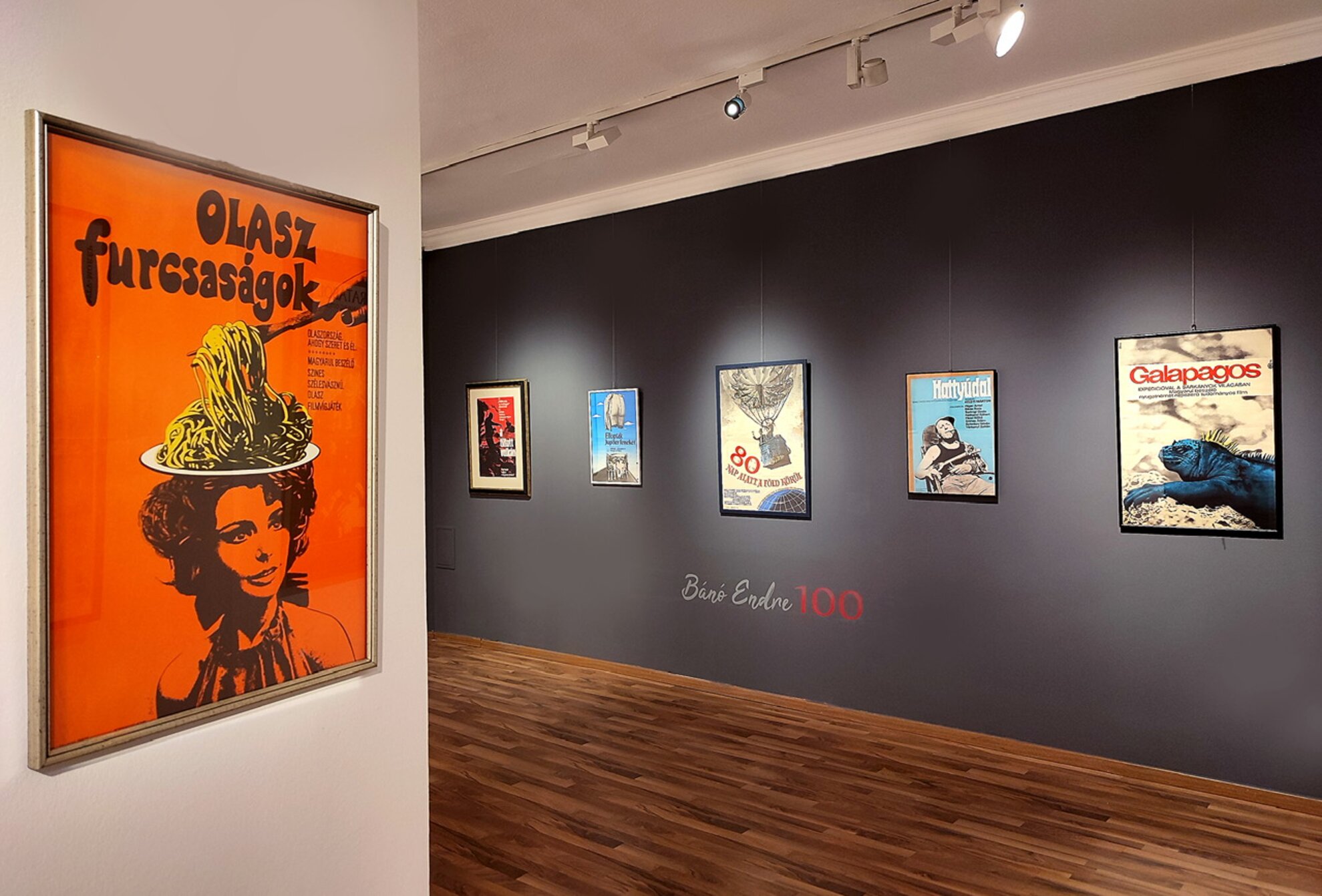
Along with the masthead for Népszabadság, then Hungary’s leading daily, he produced designs for publicity material for industrial exhibitions and sports events, and illustrations for educational books. His designs were the look for major companies of the day, such as Videoton, service providers such as Patyolat and the national betting firm Totó.
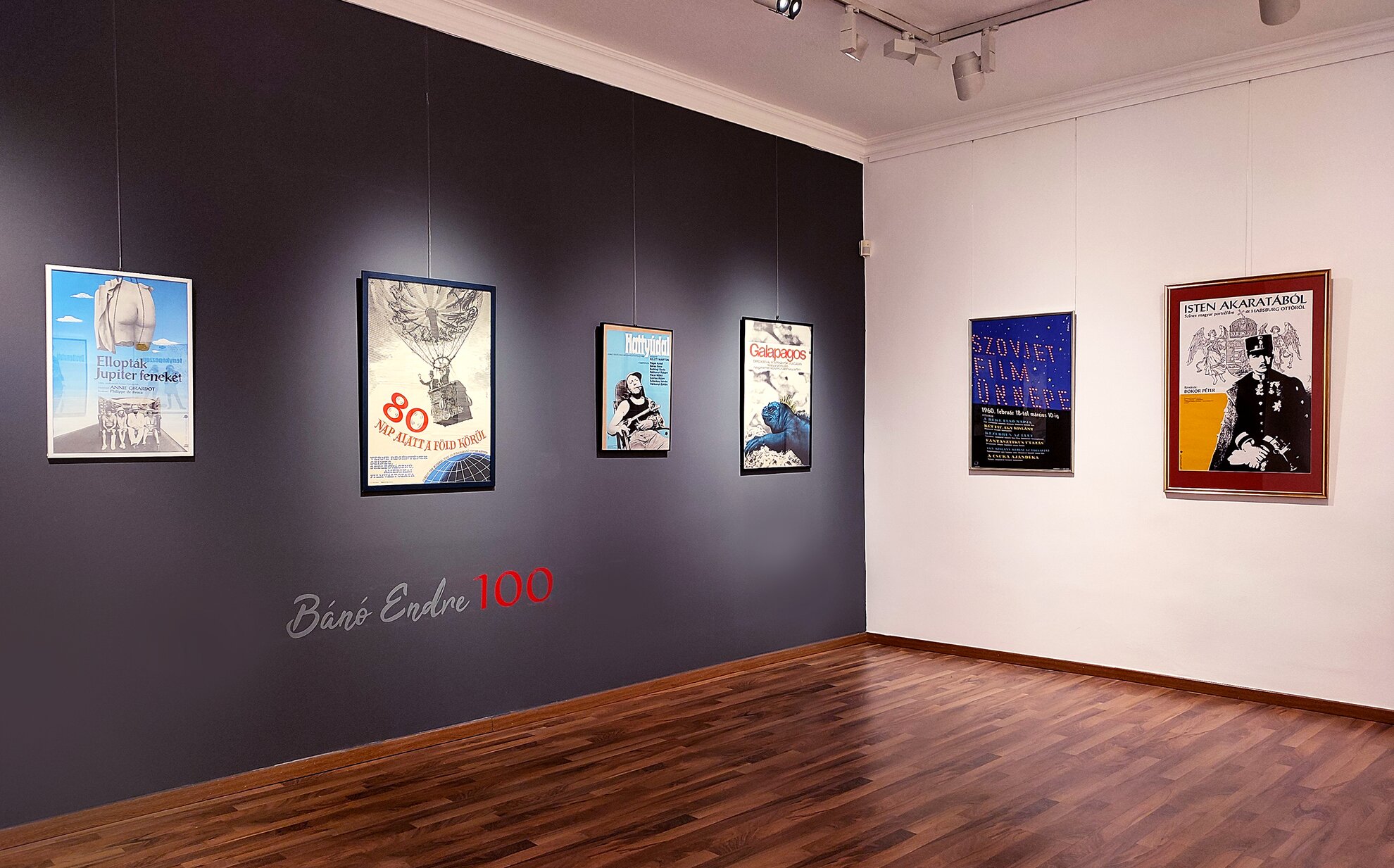
Other posters include promotions for popular 1970s’ TV series Abigél, the revered 1964 film Hattyúdal and the re-release of that evergreen classic, Zoltán Fábri’s Körhinta.
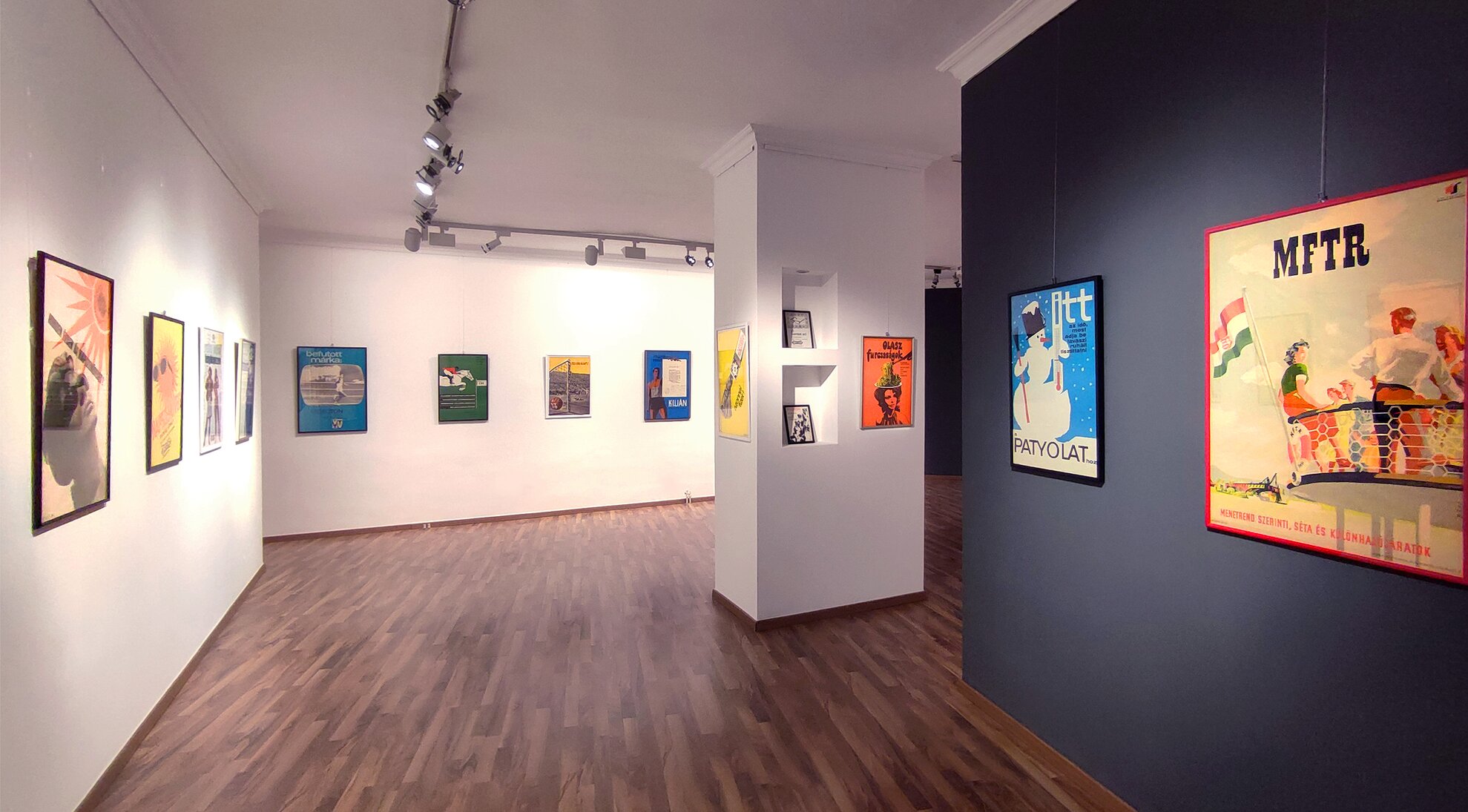
Exhibition information
Endre Bánó 100
Kálmán Makláry Fine Arts gallery
1055 Budapest, Falk Miksa utca 10
Until Sunday, 17 October
